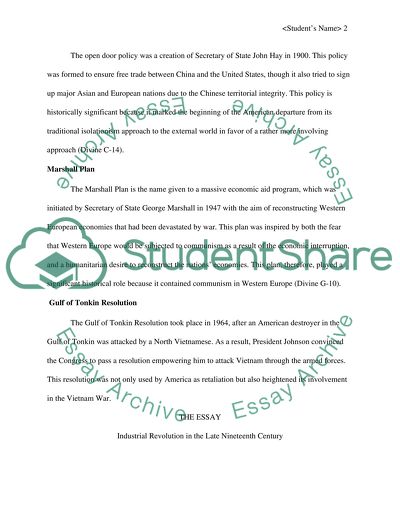Cite this document
(“Industrial Revolution in the Late Nineteenth Century Assignment”, n.d.)
Industrial Revolution in the Late Nineteenth Century Assignment. Retrieved from https://studentshare.org/history/1465851-industrial-revolution-in-the-late-nineteenth-century
Industrial Revolution in the Late Nineteenth Century Assignment. Retrieved from https://studentshare.org/history/1465851-industrial-revolution-in-the-late-nineteenth-century
(Industrial Revolution in the Late Nineteenth Century Assignment)
Industrial Revolution in the Late Nineteenth Century Assignment. https://studentshare.org/history/1465851-industrial-revolution-in-the-late-nineteenth-century.
Industrial Revolution in the Late Nineteenth Century Assignment. https://studentshare.org/history/1465851-industrial-revolution-in-the-late-nineteenth-century.
“Industrial Revolution in the Late Nineteenth Century Assignment”, n.d. https://studentshare.org/history/1465851-industrial-revolution-in-the-late-nineteenth-century.


